-
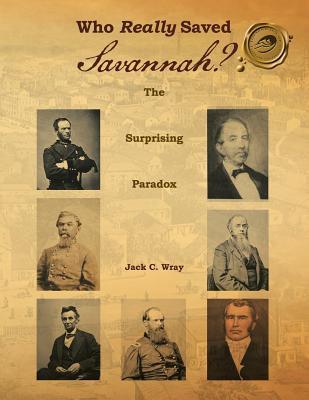 One of Savannah, Georgia's closest calls to total disaster happened with the arrival of Wm. T. Sherman and sixty-two thousand Union Troops. This fifty-three-day heart-pounding, nail-biting, hair-raising horror story of her onion-skin-thin bare survival centers on the central question: who REALLY saved Savannah?
One of Savannah, Georgia's closest calls to total disaster happened with the arrival of Wm. T. Sherman and sixty-two thousand Union Troops. This fifty-three-day heart-pounding, nail-biting, hair-raising horror story of her onion-skin-thin bare survival centers on the central question: who REALLY saved Savannah? -
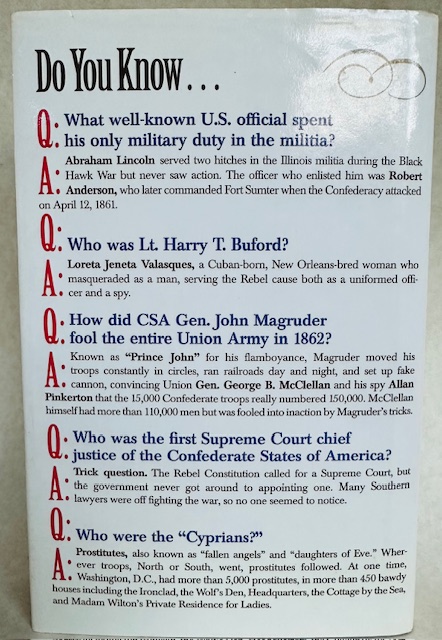
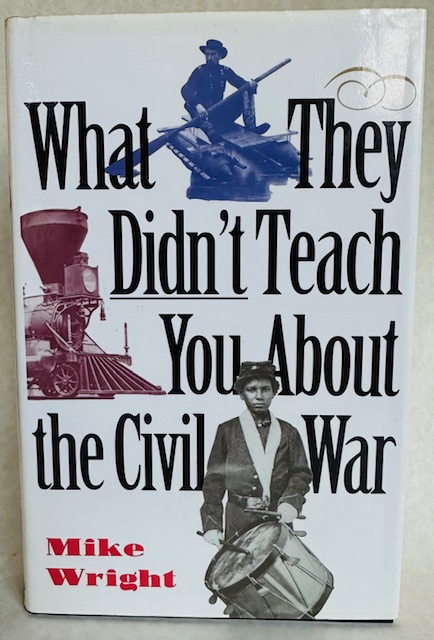 ONLY ONE COPY AVAILABLE! Published in 1996. Hardback. Good condition. This book looks at the ordinary people who fought the war and the people they left behind. It is about Belle Starr and Johnny Clem, one of the South's top female spies, the other a nine-year-old drummer boy who went on to serve 46 years in the U.S. Army. It is about the first shot fired at Fort Sumter and the final lowering of the Confederate flag. It is about death on the battlefields and in prison cells, about women fighting to be recognized for their accomplishments, and how people on both sides managed to survive the deadliest war this nation has seen.
ONLY ONE COPY AVAILABLE! Published in 1996. Hardback. Good condition. This book looks at the ordinary people who fought the war and the people they left behind. It is about Belle Starr and Johnny Clem, one of the South's top female spies, the other a nine-year-old drummer boy who went on to serve 46 years in the U.S. Army. It is about the first shot fired at Fort Sumter and the final lowering of the Confederate flag. It is about death on the battlefields and in prison cells, about women fighting to be recognized for their accomplishments, and how people on both sides managed to survive the deadliest war this nation has seen. -
 Decisively refuting all the old slanders, the authors give us back the real Davis-a patriotic soldier, a reluctant secessionist, the model of a Christian gentleman, and an inspiration to all Americans, North and South. Thomas Fleming, editor chronicles: A Magazine of American Culture Jefferson Davis, captured, imprisoned, and charged with 1) conspiracy and culpability in the assassination of Abraham Lincoln; 2) conspiracy to cause the deaths of Northern P.O.W.'s at Andersonville, Georgia, a detention c& 3) participating in and attempting to assist in the growth of the system of slavery; and 4) treason against the United States of America, was never afforded his constitutional right to a trial.
Decisively refuting all the old slanders, the authors give us back the real Davis-a patriotic soldier, a reluctant secessionist, the model of a Christian gentleman, and an inspiration to all Americans, North and South. Thomas Fleming, editor chronicles: A Magazine of American Culture Jefferson Davis, captured, imprisoned, and charged with 1) conspiracy and culpability in the assassination of Abraham Lincoln; 2) conspiracy to cause the deaths of Northern P.O.W.'s at Andersonville, Georgia, a detention c& 3) participating in and attempting to assist in the growth of the system of slavery; and 4) treason against the United States of America, was never afforded his constitutional right to a trial. -
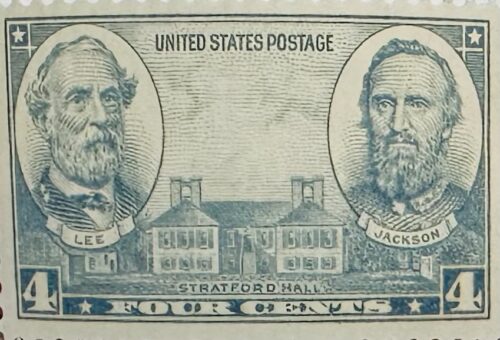
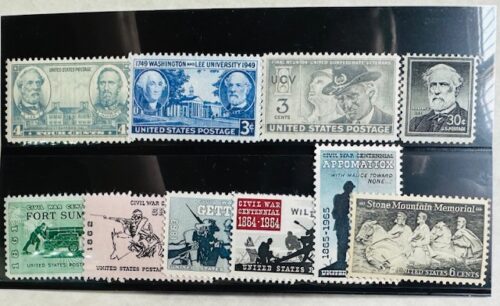 Near mint condition. 18 sets available. Each set contains the following stamps: 1.) Robert E. Lee & Stonewall Jackson 4 cents 2.) Washington & Lee University 3 cents 3.) UCV Final Reunion 3 cents 4.) Robert E. Lee 30 cents 5.) Civil War Centennial "Fort Sumter" 4 cents 6.) Civil War Centennial "Shiloh" 4 cents 7.) Civil War Centennial "Gettysburg" 5 cents 8.) Civil War Centennial "The Wilderness" 5 cents 9.) Civil War Centennial "Appomattox" 5 cents 10.) Stone Mountain Memorial 6 cents
Near mint condition. 18 sets available. Each set contains the following stamps: 1.) Robert E. Lee & Stonewall Jackson 4 cents 2.) Washington & Lee University 3 cents 3.) UCV Final Reunion 3 cents 4.) Robert E. Lee 30 cents 5.) Civil War Centennial "Fort Sumter" 4 cents 6.) Civil War Centennial "Shiloh" 4 cents 7.) Civil War Centennial "Gettysburg" 5 cents 8.) Civil War Centennial "The Wilderness" 5 cents 9.) Civil War Centennial "Appomattox" 5 cents 10.) Stone Mountain Memorial 6 cents -

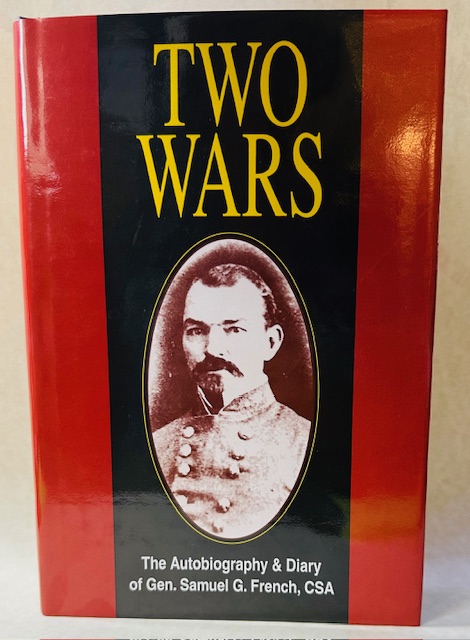 TWO COPIES AVAILABLE! Hardbound. 404 pages. Excellent condition. Born in New Jersey in 1818, a graduate of West Point in 1843, Samuel French won distinction in the Mexican war as a lieutenant of light artillery. At Palo Alto, Resaca, Monterey and Buena Vista he was actively engaged, receiving two brevets for gallantry in action and a serious wound at Buena Vista. But with the coming of the great civil war his narrative takes on a sterner interest. French was of Northern birth, but it is plain that the South had not a more devoted adherent. Commissioned a brigadier general in the provisional army of the Confederate States in October 1861, French served in various capacities with zeal and efficiency until his appointment as major general to command a division of the army under Gen. J.E. Johnston. A very interesting read!
TWO COPIES AVAILABLE! Hardbound. 404 pages. Excellent condition. Born in New Jersey in 1818, a graduate of West Point in 1843, Samuel French won distinction in the Mexican war as a lieutenant of light artillery. At Palo Alto, Resaca, Monterey and Buena Vista he was actively engaged, receiving two brevets for gallantry in action and a serious wound at Buena Vista. But with the coming of the great civil war his narrative takes on a sterner interest. French was of Northern birth, but it is plain that the South had not a more devoted adherent. Commissioned a brigadier general in the provisional army of the Confederate States in October 1861, French served in various capacities with zeal and efficiency until his appointment as major general to command a division of the army under Gen. J.E. Johnston. A very interesting read! -
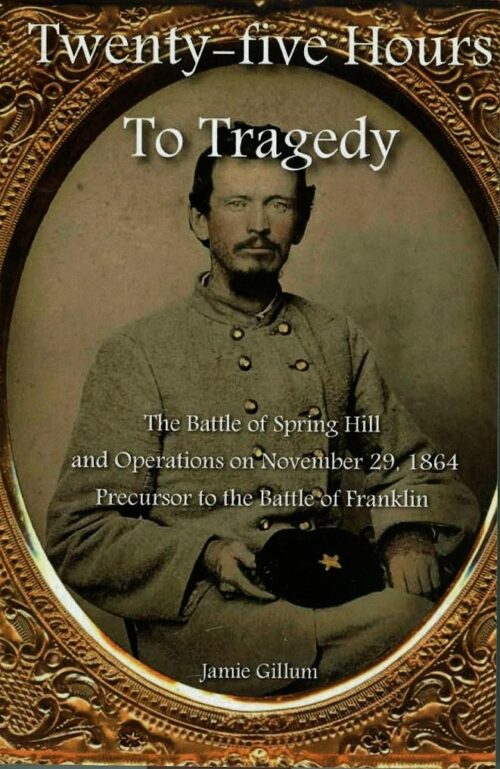 Only twenty-five hours after the Confederate Army’s arrival on the battlefield of Spring Hill, TN the decision to assault the heavily defended fortifications at Franklin was made. It was a decision that would not have to be made had the Confederates followed through with their plans at Spring Hill. Follow the armies in their race to Spring Hill, the combat there and the critical decisions that led to the Federal escape and a total Confederate command breakdown in the most devastating blunder of the American "Civil War."
Only twenty-five hours after the Confederate Army’s arrival on the battlefield of Spring Hill, TN the decision to assault the heavily defended fortifications at Franklin was made. It was a decision that would not have to be made had the Confederates followed through with their plans at Spring Hill. Follow the armies in their race to Spring Hill, the combat there and the critical decisions that led to the Federal escape and a total Confederate command breakdown in the most devastating blunder of the American "Civil War." -
 H. W. Johnstone explains how Lincoln and his co-conspirators used deceit, half-truths, lies and violation of international law to promote their war conspiracy. Johnstone wrote his book in 1917 using documentation which was not available when post war Confederates such as Davis, Stephens, Semmes and Pollard wrote their histories of the conflict.
H. W. Johnstone explains how Lincoln and his co-conspirators used deceit, half-truths, lies and violation of international law to promote their war conspiracy. Johnstone wrote his book in 1917 using documentation which was not available when post war Confederates such as Davis, Stephens, Semmes and Pollard wrote their histories of the conflict. -
 Companion book to the book "I'll Take My Stand: The South and the Agrarian Tradition" first published in 1930. In “To Live and Die in Dixie” you will find 27 essays which are designed to supply the weapons needed to take on the intellectually challenged and misinformed purveyors of modern historical imbecility. Intelligence is a weapon of self-defense. If you don’t know your own history then you will be helpless and ignorant before someone who merely claims to know your history! Originally published in the Confederate Veteran magazine from September/October 2010 through November/December 2014.
Companion book to the book "I'll Take My Stand: The South and the Agrarian Tradition" first published in 1930. In “To Live and Die in Dixie” you will find 27 essays which are designed to supply the weapons needed to take on the intellectually challenged and misinformed purveyors of modern historical imbecility. Intelligence is a weapon of self-defense. If you don’t know your own history then you will be helpless and ignorant before someone who merely claims to know your history! Originally published in the Confederate Veteran magazine from September/October 2010 through November/December 2014. -
 The commander of the three-hundred-wagon Union supply train never expected a large ragtag group of Texans and Native Americans to attack during the dark of night. But Brigadier Generals Richard Gano and Stand Watie defeated the unsuspecting Federals in the early morning hours of September 19, 1864, at Cabin Creek in the Cherokee nation. The legendary Watie, the only Native American general on either side, planned details of the raid for months. His preparation paid off--the Confederate troops captured wagons with supplies that would be worth more than $75 million today.
The commander of the three-hundred-wagon Union supply train never expected a large ragtag group of Texans and Native Americans to attack during the dark of night. But Brigadier Generals Richard Gano and Stand Watie defeated the unsuspecting Federals in the early morning hours of September 19, 1864, at Cabin Creek in the Cherokee nation. The legendary Watie, the only Native American general on either side, planned details of the raid for months. His preparation paid off--the Confederate troops captured wagons with supplies that would be worth more than $75 million today. -
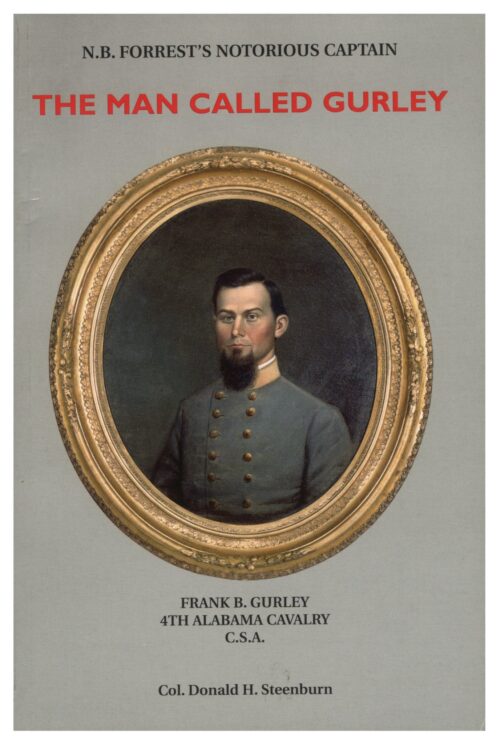 Hero? Traitor? It all depends on which side of the fence you were standing. Col. Don Steenburn, U.S.Army retired, has put together a fascinating study of one of the most controversial characters in Madison County and Northern Alabama history- determined and gutsy Frank Ballou Gurley of the 4th Alabama, Confederate States of America.
Hero? Traitor? It all depends on which side of the fence you were standing. Col. Don Steenburn, U.S.Army retired, has put together a fascinating study of one of the most controversial characters in Madison County and Northern Alabama history- determined and gutsy Frank Ballou Gurley of the 4th Alabama, Confederate States of America. -
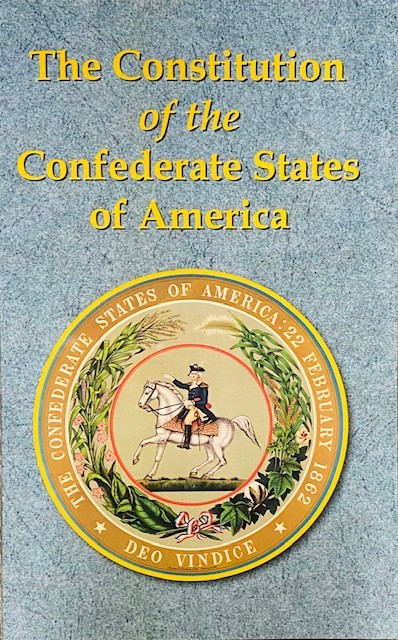 The Constitution of the Confederate States of America was very similar to the United States of America Constitution. And why shouldn't it be? After all, a Southerner, James Madison, was the chief architect of the US Constitution and it was adopted by their forefathers. This was the main reason the states of the South declared their independence and seceded to form their own government. The northern states and the Federal government had strayed from the constitution adopted by their forefathers. Most of the Bill of Rights in the US Constitution was incorporated into the Confederate Constitution. There are other small adjustments and tweaks throughout the document to correct things Southerners felt were in error with the original document and to balance power between the states and the federal government.
The Constitution of the Confederate States of America was very similar to the United States of America Constitution. And why shouldn't it be? After all, a Southerner, James Madison, was the chief architect of the US Constitution and it was adopted by their forefathers. This was the main reason the states of the South declared their independence and seceded to form their own government. The northern states and the Federal government had strayed from the constitution adopted by their forefathers. Most of the Bill of Rights in the US Constitution was incorporated into the Confederate Constitution. There are other small adjustments and tweaks throughout the document to correct things Southerners felt were in error with the original document and to balance power between the states and the federal government. -
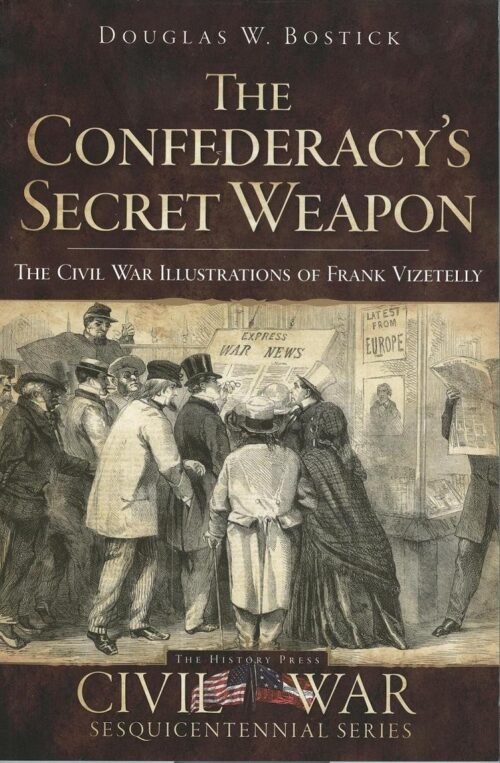 Sent to the United States as a war correspondent for the Illustrated London News, Frank Vizetelly quickly found himself in hot water with the Federal secretary of war when his depictions of Bull Run hit the papers. He was forbidden access to the Union army, so he took up with the Confederates instead, covering the Civil War from Charleston to the Mississippi and north to Virginia.His articles and sketches shaped the views of the English regarding the war.
Sent to the United States as a war correspondent for the Illustrated London News, Frank Vizetelly quickly found himself in hot water with the Federal secretary of war when his depictions of Bull Run hit the papers. He was forbidden access to the Union army, so he took up with the Confederates instead, covering the Civil War from Charleston to the Mississippi and north to Virginia.His articles and sketches shaped the views of the English regarding the war. -
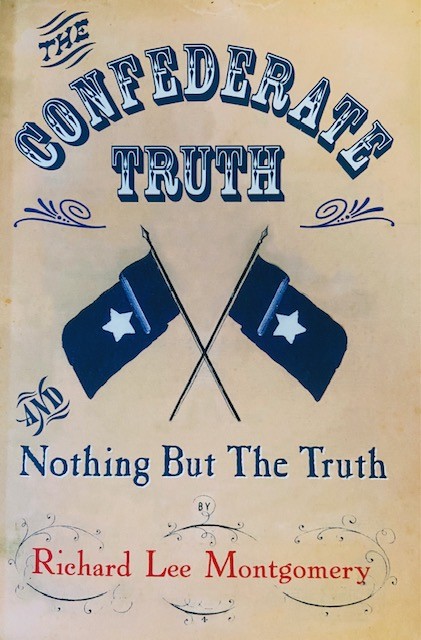 It is true that "history is written by the victors." For more than 150 years the Northern perspective has been the one dominant narrative. The Confederate soldier's good name has been smeared as racist, mocked as buffoons and often erased from the history books as though they never existed at all. This book uses primary sources to teach about what really happened during the "War of Northern Aggression."
It is true that "history is written by the victors." For more than 150 years the Northern perspective has been the one dominant narrative. The Confederate soldier's good name has been smeared as racist, mocked as buffoons and often erased from the history books as though they never existed at all. This book uses primary sources to teach about what really happened during the "War of Northern Aggression." -

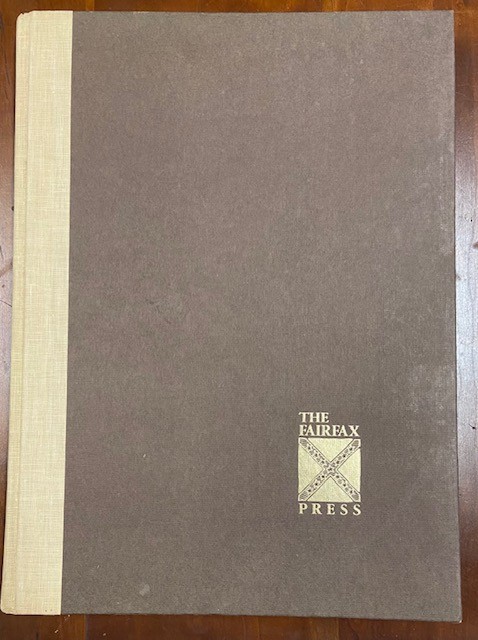 ONE COPY AVAILABLE! Beautiful over-sized hardbound book. These books are very difficult to find and this one is in excellent condition. Has very detailed information about the war. 480 pages. The Confederate Soldier in the Civil War: The Campaigns, Battles, Sieges, Charges and Skirmishs / The Foundation and Formation of the Confederacy / The Confederate States Navy Hardcover – October 1, 1977
ONE COPY AVAILABLE! Beautiful over-sized hardbound book. These books are very difficult to find and this one is in excellent condition. Has very detailed information about the war. 480 pages. The Confederate Soldier in the Civil War: The Campaigns, Battles, Sieges, Charges and Skirmishs / The Foundation and Formation of the Confederacy / The Confederate States Navy Hardcover – October 1, 1977 -
 The hope for this book is to show the narrative of the day when the South was invaded by those who desired to inflict their ideals, morals and attitudes, just because "these Southerners" needed to be brought back under the Northerner's way of life, their philosophy of life and their interpretation of the law. But above all, it was because the Northerners way of life was jolted economically when the Southern states seceded from the Union.
The hope for this book is to show the narrative of the day when the South was invaded by those who desired to inflict their ideals, morals and attitudes, just because "these Southerners" needed to be brought back under the Northerner's way of life, their philosophy of life and their interpretation of the law. But above all, it was because the Northerners way of life was jolted economically when the Southern states seceded from the Union. -
 The Chancellorsville Campaign was the true high water mark for both the Confederate Army of Northern Virginia and the Union Army of the Potomac. The campaign would be the Confederates' greatest battle, though it came at the cost of losing General Stonewall Jackson. Although the Confederacy prevailed at Chancellorsville, Hooker used the defeat to institute a multitude of reforms, which paved the way for the hard-fought victory at Gettysburg.
The Chancellorsville Campaign was the true high water mark for both the Confederate Army of Northern Virginia and the Union Army of the Potomac. The campaign would be the Confederates' greatest battle, though it came at the cost of losing General Stonewall Jackson. Although the Confederacy prevailed at Chancellorsville, Hooker used the defeat to institute a multitude of reforms, which paved the way for the hard-fought victory at Gettysburg. -
 During the Civil War, few men had seen camels on the battlefield. But one Mississippi infantry marched into battle with Old Douglas, who served with the Bloody 43rd and died in the Siege of Vicksburg. The regiment became known as the Camel Regiment, and its soldiers carried memories of Old Douglas through the end of the war and until the end of their own lives. They went on to fight in fourteen battles, including Corinth, Vicksburg, Chickamauga, Atlanta, Franklin, Nashville and Bentonville before they surrendered at war's end. Author W. Scott Bell's fascination with the Camel Regiment began because his great-great-grandfather fought with them.
During the Civil War, few men had seen camels on the battlefield. But one Mississippi infantry marched into battle with Old Douglas, who served with the Bloody 43rd and died in the Siege of Vicksburg. The regiment became known as the Camel Regiment, and its soldiers carried memories of Old Douglas through the end of the war and until the end of their own lives. They went on to fight in fourteen battles, including Corinth, Vicksburg, Chickamauga, Atlanta, Franklin, Nashville and Bentonville before they surrendered at war's end. Author W. Scott Bell's fascination with the Camel Regiment began because his great-great-grandfather fought with them.


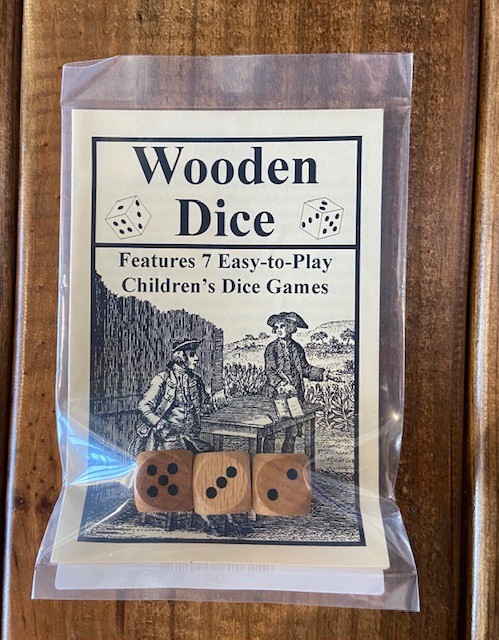
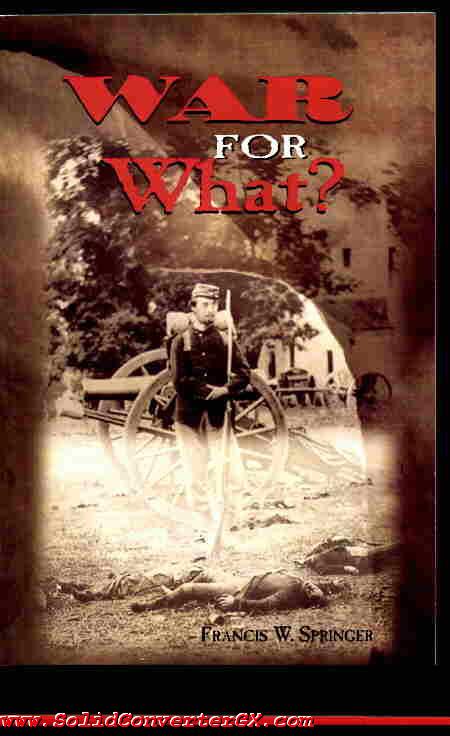






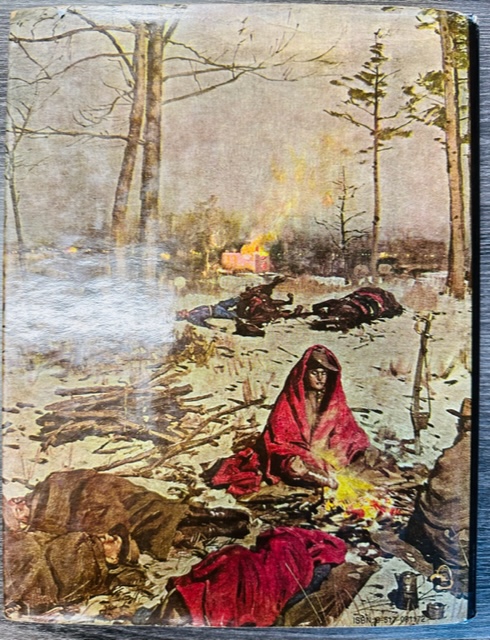
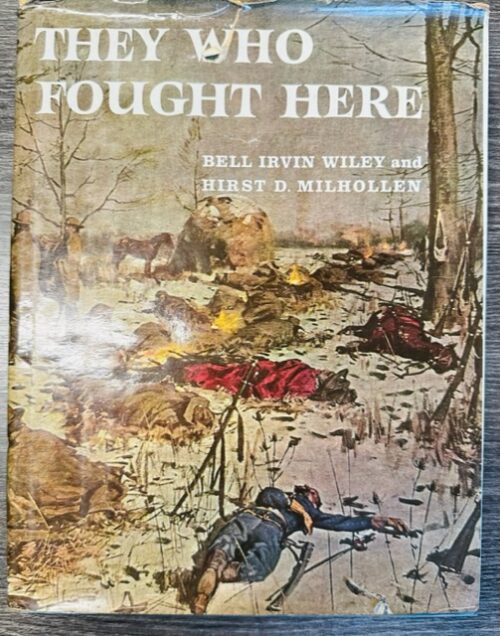


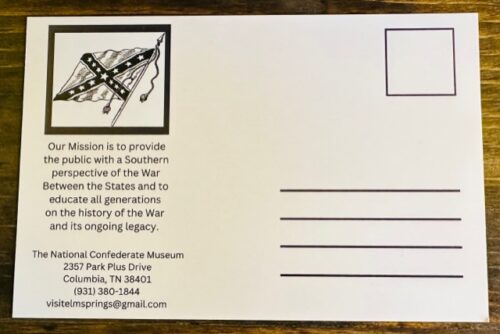
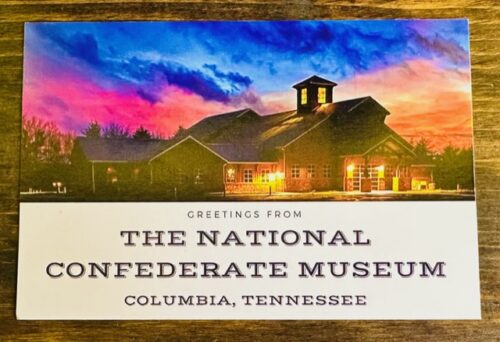
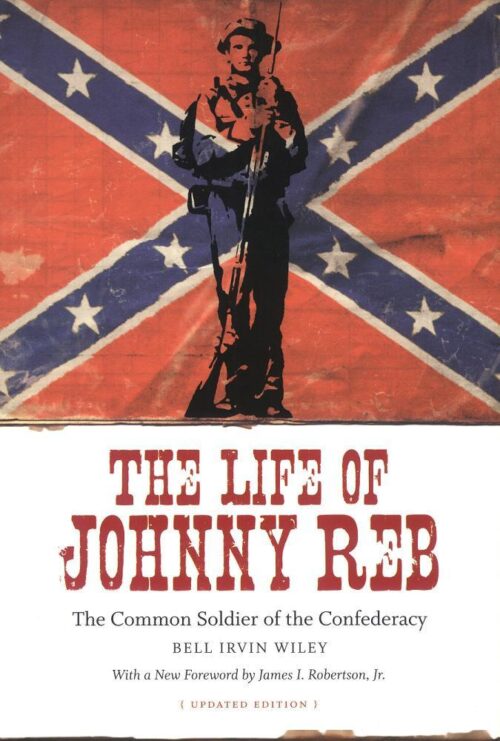
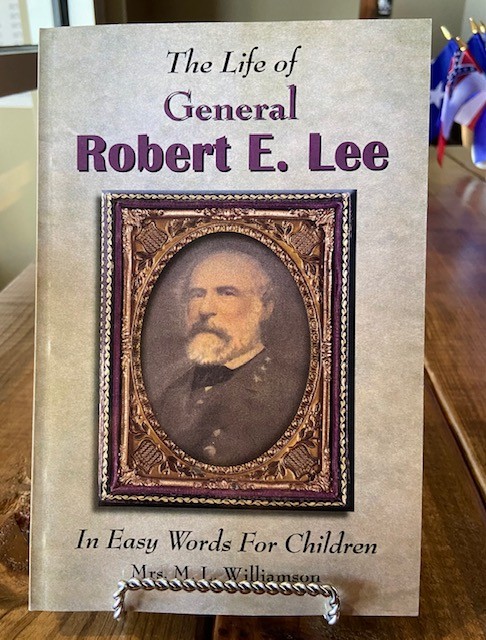

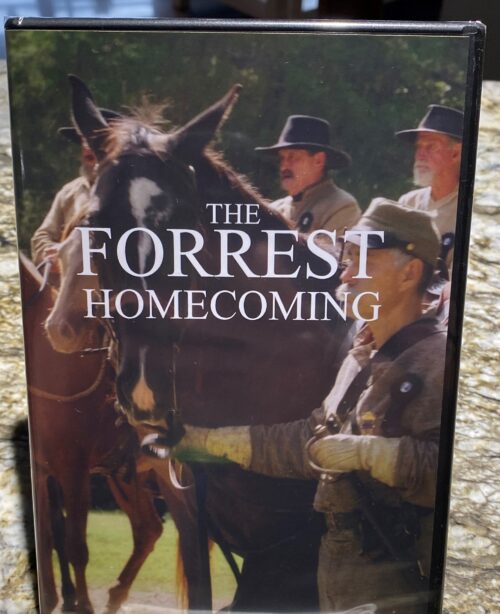

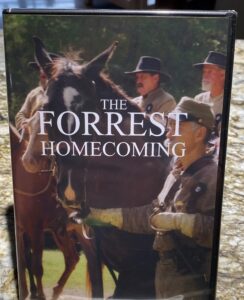 The documentary you've been waiting for. See how the entire Forrest saga unfolded, and how the SCV stepped up when called to action.
The documentary you've been waiting for. See how the entire Forrest saga unfolded, and how the SCV stepped up when called to action. 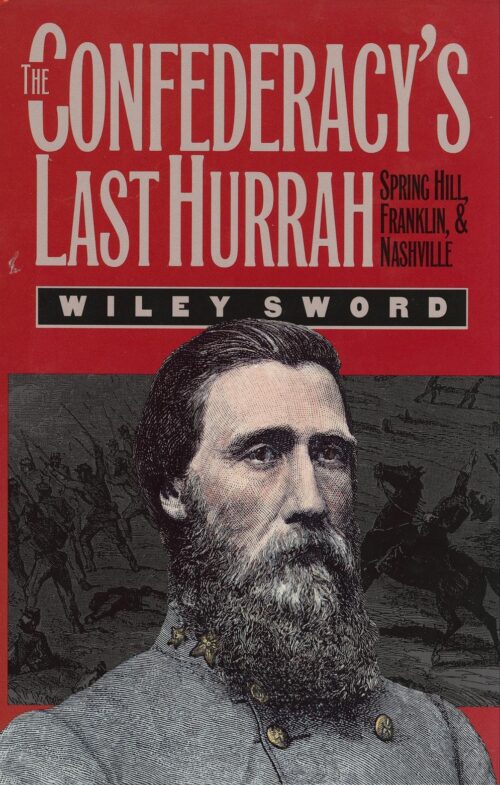
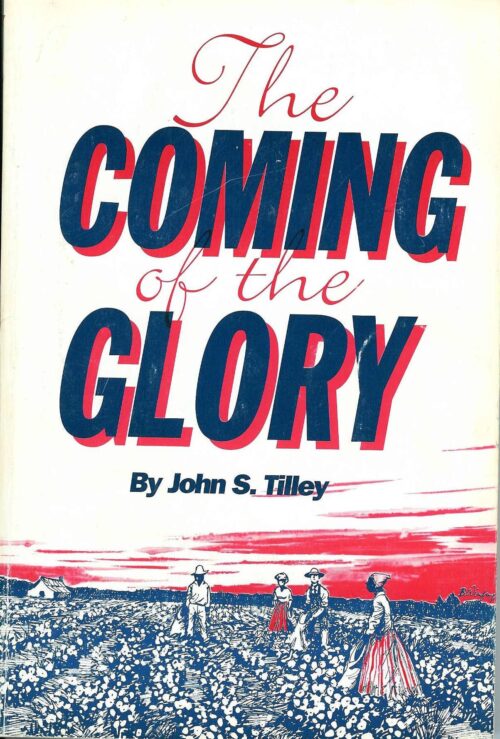
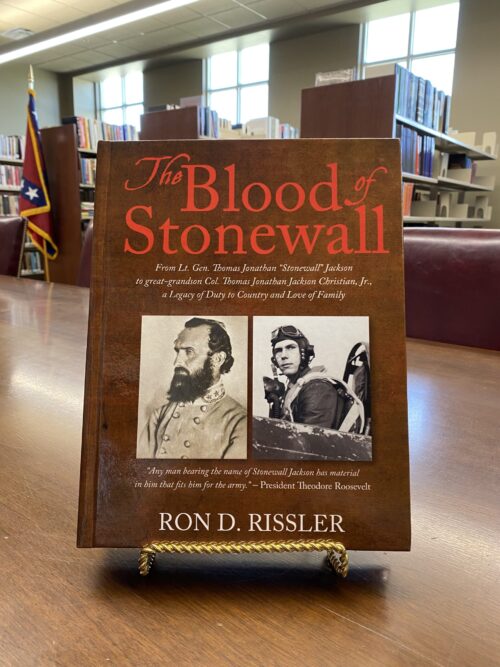
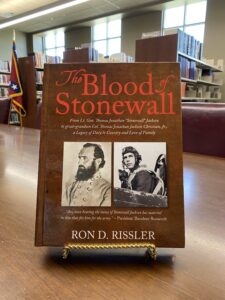 The Blood of Stonewall a book written by Author Ron D. Rissler. We are proud to offer this book in the SCV Store. This is everything you need to know about Thomas Jonathan Jackson, and his descendants.
The Blood of Stonewall a book written by Author Ron D. Rissler. We are proud to offer this book in the SCV Store. This is everything you need to know about Thomas Jonathan Jackson, and his descendants.